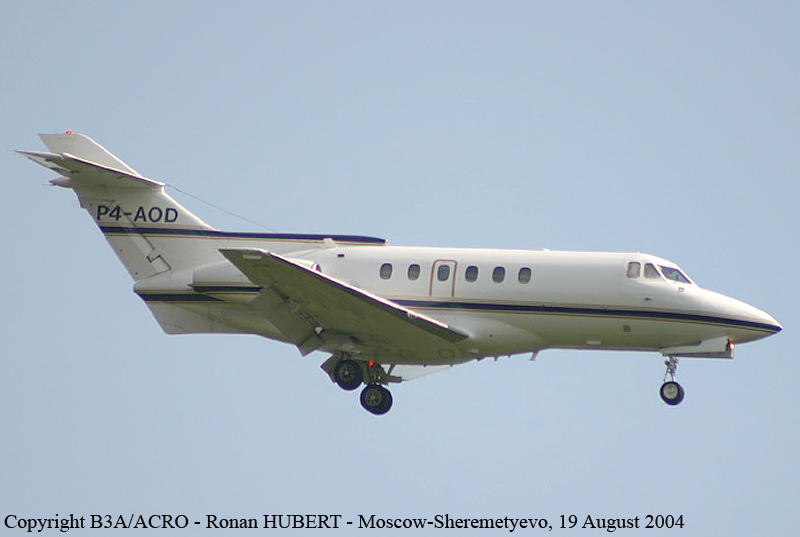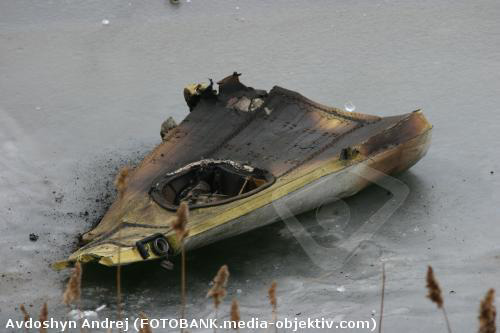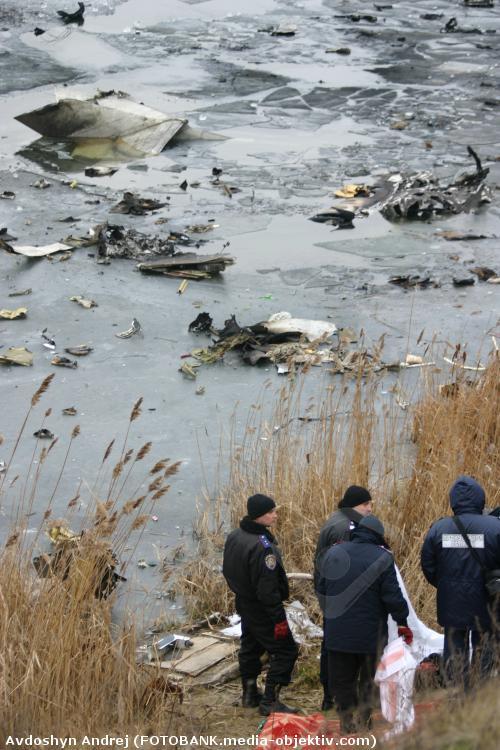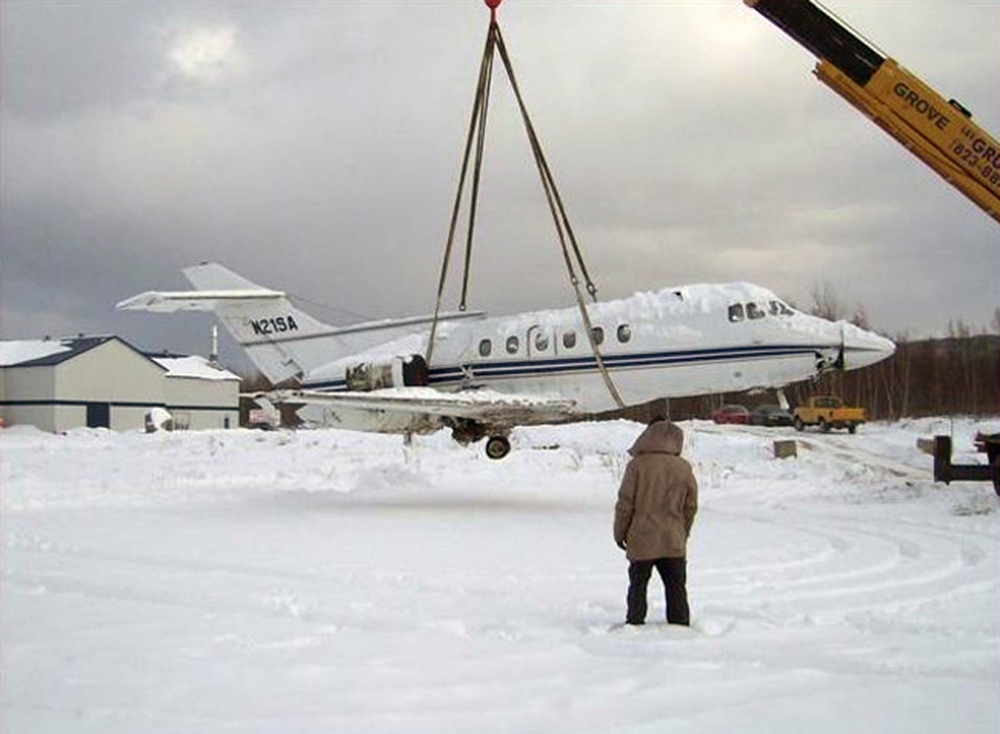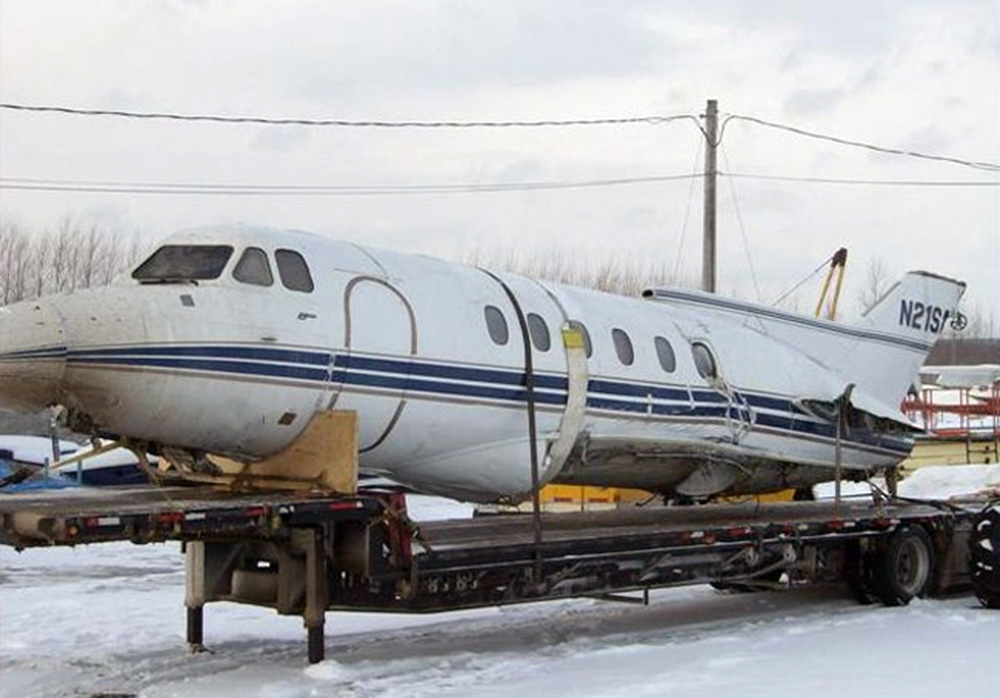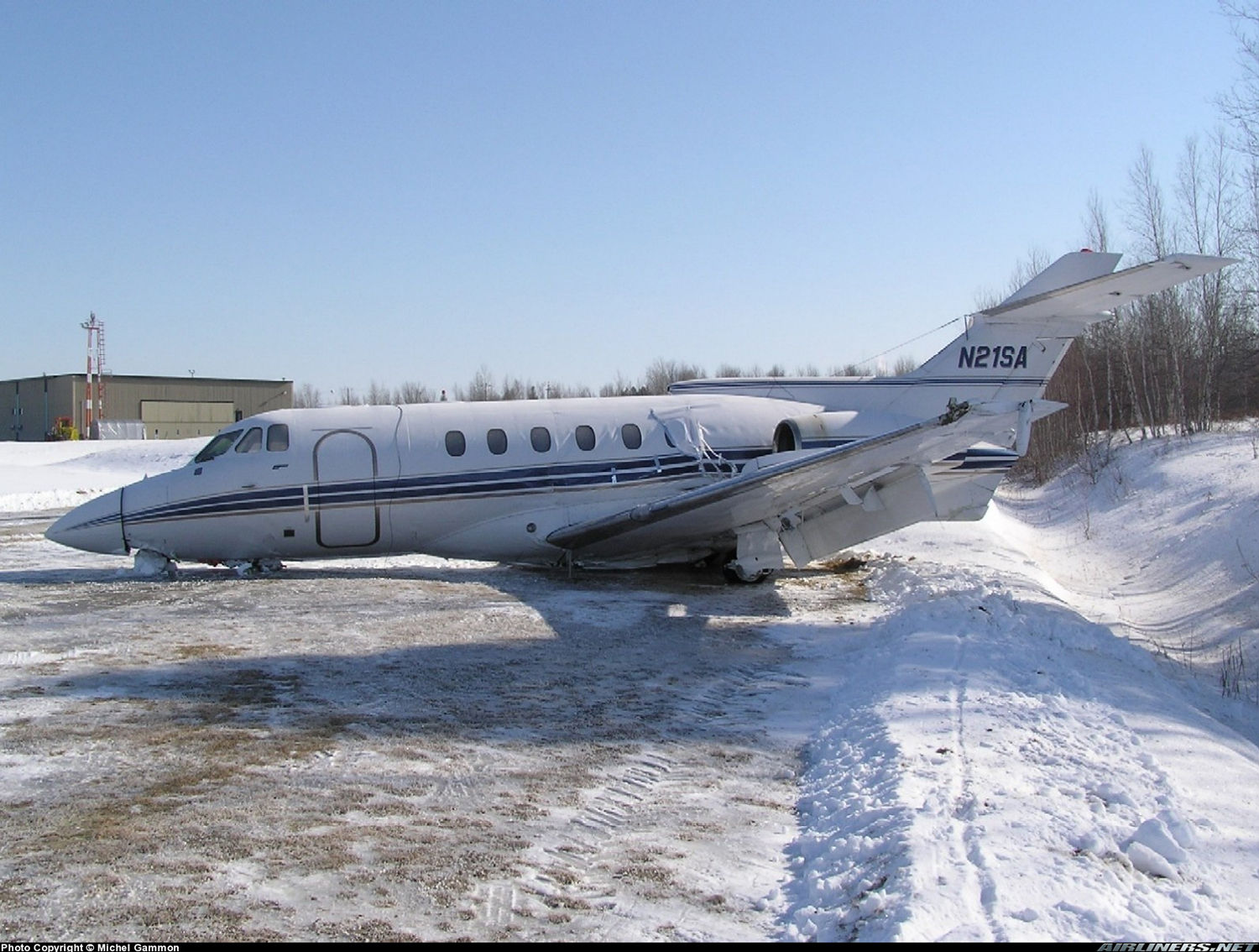Crash of a BAe 125-700A in Kharkiv: 3 killed
Date & Time:
Jan 2, 2006 at 1116 LT
Registration:
P4-AOD
Survivors:
No
Schedule:
Moscow - Kharkiv
MSN:
257153
YOM:
1981
Crew on board:
3
Crew fatalities:
Pax on board:
0
Pax fatalities:
Other fatalities:
Total fatalities:
3
Circumstances:
The crew departed Moscow-Sheremetyevo Airport on a positioning flight to Kharkiv where some passengers should be picked up for a charter flight to Lyon. On final approach to Kharkiv-Osnova Airport runway 07, at a distance of 4,600 metres from runway threshold, the crew selected flaps down. The right flap deployed to an angle of 20° (as requested by the crew) while the left flap deployed to an angle of 6°. This asymmetry caused the aircraft to roll to the left then to enter an uncontrolled descent before it crashed on the shore of lake Komsomolsk. The aircraft disintegrated on impact and debris were found 140 metres further while the main wreckage sank in the lake, some 4,300 metres from the runway threshold and 750 metres to the left of its extended centerline. All three crew members were killed.
Probable cause:
The crew lost control of the aircraft after they selected flaps down. Investigations showed that a technical failure occurred on the flap deployment synchronization system due to the failure of a drive pinion.
